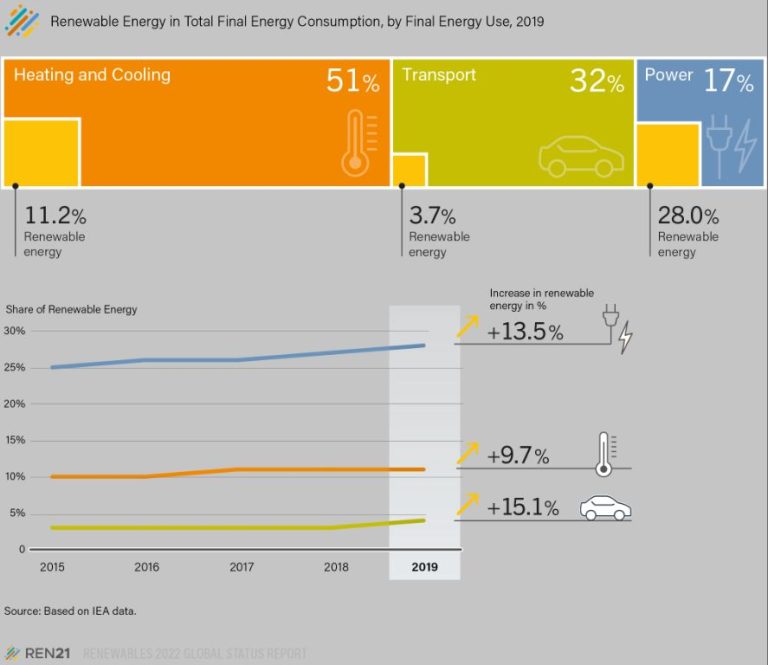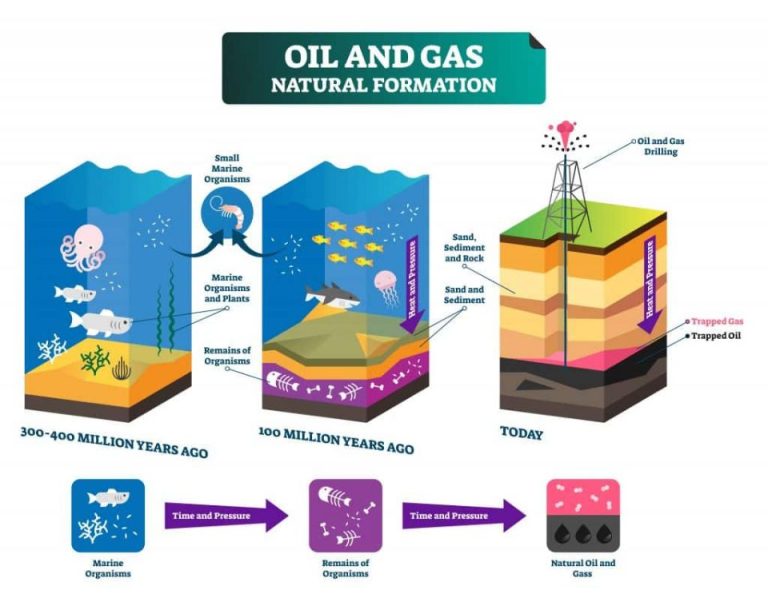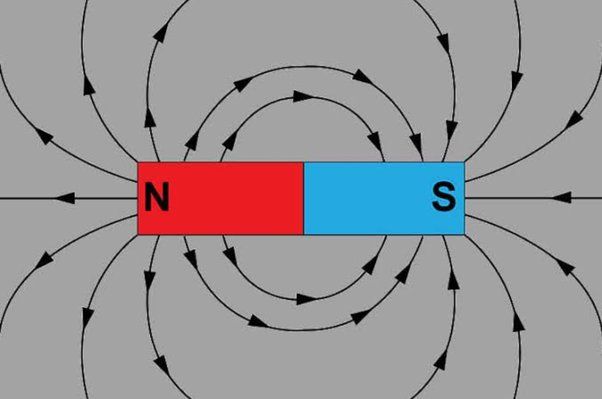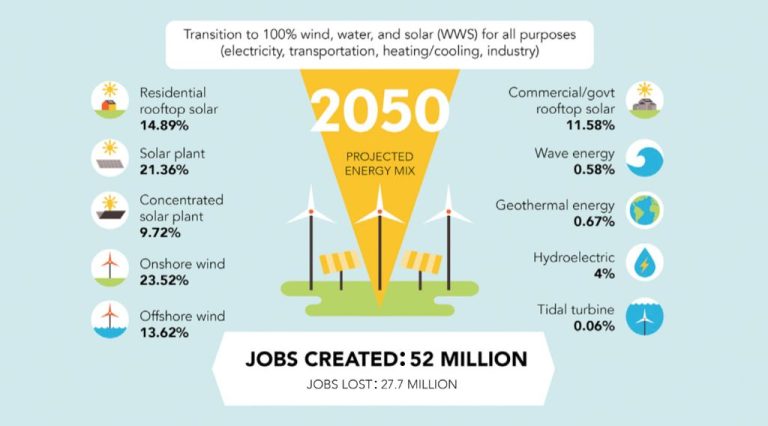What Are Examples Of Potential To Kinetic Energy?
Potential energy is stored energy that an object has due to its position or composition. Kinetic energy is energy of motion that an object possesses. When potential energy is released, it can be transformed into kinetic energy. For example, a ball held at a height has gravitational potential energy. When released, this potential energy converts into kinetic energy as the ball falls and gains speed. In this article, we’ll look at various examples of how stored potential energy can convert into kinetic energy.
Gravitational Potential Energy
Gravitational potential energy is the energy stored in an object due to its height above the ground. The higher the object is above the ground, the more potential energy it has. Some examples of gravitational potential energy include:
- Lifting a book from the floor up to a bookshelf. As you lift the book upwards, you are increasing its gravitational potential energy.
- Raising a bucket of water up from a well. The higher the bucket goes, the more gravitational potential energy it has.
- Riding a rollercoaster. At the top of a hill, the rollercoaster has maximum gravitational potential energy. As it goes down the hill, this potential energy is converted into kinetic energy.
- Jumping upwards. Just before you jump, your body has stored gravitational potential energy which is released as you jump upwards.
In all these examples, an object gains gravitational potential energy when it is raised against the gravitational pull of the earth. The higher it goes, the more potential energy it stores, which can later be converted into kinetic energy as the object falls back down.
Chemical Potential Energy
Chemical potential energy is the energy stored in the chemical bonds of molecules and atoms. It is the energy released or absorbed during a chemical reaction. Examples of chemical potential energy in everyday life include:
Batteries – The chemical reactions that take place within batteries transform chemical energy into electrical energy. This allows batteries to power numerous devices such as flashlights, toys, and phones.
Food – The cells in our bodies break down the chemicals in food such as fats and sugars through processes like digestion and respiration. This releases energy that our bodies use to support biological processes and move our muscles.
A common example is the sugar glucose which gets broken down to provide energy. The chemical energy in just one gram of glucose is equivalent to about 3.75 Calories that the body can use.
Elastic Potential Energy
Elastic potential energy is the energy stored in objects by the deformation of elastic materials like rubber bands or springs. When stretched or compressed, elastic materials store mechanical energy that can be released when the object returns to its original shape.
Some common examples of elastic potential energy include:
- Bungee jumping – The bungee cord stretches when a person jumps, storing elastic potential energy. This energy is released as the cord rebounds, catapulting the jumper upwards.
- Catapults and slingshots – Pulling back on the catapult arm or slingshot pouch stretches the elastic bands, loading them with potential energy. Releasing the arm unleashes the stored energy, firing the projectile forward.
- Bows and arrows – Drawing the bowstring loads the bow with elastic potential energy by bending the limbs. Releasing the string frees this energy, propelling the arrow forwards at high speed.
- Trampolines – The trampoline mat stretches downwards when a person jumps on it, building up elastic potential energy. This energy is released upwards as the mat rebounds, launching the jumper high into the air.
In all these examples, elastic materials are deformed in a way that stores mechanical energy. This energy can then be harnessed to perform work, like propelling objects or people upwards against gravity.
Nuclear Potential Energy
Nuclear potential energy refers to the energy stored within an atom’s nucleus. Atoms consist of protons and neutrons bound together in the nucleus by the nuclear force. This binding energy is known as nuclear binding energy. The more tightly bound the nucleus is, the greater its nuclear binding energy. When an unstable heavy nucleus splits apart into smaller nuclei, energy is released equal to the difference in binding energy between the original and product nuclei. This process is called nuclear fission and is the principle behind nuclear power plants, where energy is generated from the fission of heavy elements like uranium and plutonium.
Nuclear potential energy is also released when light nuclei fuse together to form heavier stable nuclei, a process called nuclear fusion. For example, hydrogen nuclei fuse together to form helium in the cores of stars like our sun. This nuclear fusion is the source of the sun’s energy. In both fission and fusion reactions, mass is converted into energy in accordance with Einstein’s famous equation E=mc2, where m represents mass and c is the speed of light.
Electrical Potential Energy
Electric potential energy is the energy stored in an electric field. It is the energy that an electrically charged particle, an electron, proton, or ion, gains when it moves through an electric field. There are many common examples of electrical potential energy in everyday life:
Batteries – A battery contains chemicals with positive and negative charges. When the battery is connected in a circuit, the charges flow and generate current and voltage. The separation of charges creates an electric potential, which is the battery’s source of energy.
Lightning – Lightning forms when positive and negative charges in the atmosphere separate and build up large electric fields. The rapid discharge of this field manifests as lightning bolts. The flash of light and sound of thunder represent the conversion of electric potential energy into other energy forms.
Static Electricity – Static electricity builds up when materials rub against each other, such as feet shuffling on carpet. The friction causes electrons to transfer, resulting in excess negative charge on one material and excess positive on the other. This charge separation creates electric potential energy until it is discharged in a small spark.
Magnetic Potential Energy
Magnetic potential energy is the energy stored in a magnetic field. This energy can be converted into kinetic energy when the magnetic field interacts with moving charges or currents. Some examples of magnetic potential energy converting into kinetic energy include:
Railguns: Railguns use magnetic fields generated by high currents in parallel rails to launch a projectile at extremely high velocities. The magnetic potential energy gets converted into massive kinetic energy.
Magnetic locks: Electric current flowing through an electromagnet generates a magnetic field. This magnetic field exerts force on a piece of iron, keeping a door shut. When the current stops, the magnetic field collapses, releasing its energy and allowing the door to swing open.
In both these examples, the magnetic potential energy stored in the magnetic field gets converted into kinetic energy in the moving object when the field changes or collapses.
Mechanical Potential Energy
Mechanical potential energy is the stored energy of physical objects based on their position or shape. Two common types of stored mechanical potential energy are springs and compressed gasses.
Springs store potential energy when compressed or stretched due to the mechanical properties of the spring material. The energy stored is proportional to how compressed (or stretched) the spring is. When released, the spring converts the stored potential energy into kinetic energy as it rebounds to its original shape. Some examples using springs are jack-in-the-boxes, which use the potential energy stored in a compressed spring to pop the puppet out of the box.
Compressed gasses, like pressurized air, also store potential energy. Compressing air into a container stores energy that can be released by allowing the compressed air to rapidly expand. This conversion of potential energy into kinetic energy is used in compressed air rockets where pressurized air propels the rocket forward.
Thermal Potential Energy
Thermal potential energy refers to the energy stored within a system by virtue of its temperature. It arises from the random vibrations and motions of atoms and molecules. The higher the temperature of a system, the greater the thermal energy it possesses. Sources of thermal potential energy include:
Geothermal Energy: The inner warmth of the Earth produces a nearly limitless supply of thermal energy. This geothermal energy can be harnessed to generate electricity using steam or hot water from underground. The heat may directly produce steam to drive turbines, or it can be transferred to another liquid to produce vapor power.
Solar Energy: The sun bathes the Earth in a constant stream of thermal radiation. Solar thermal collectors can absorb this radiation to heat water or other fluids that are then used to create steam to drive turbines. Solar thermal energy is also utilized directly for heating, cooling, and hot water applications.
Coffee Cup: A hot cup of coffee contains thermal energy that can be transferred to your hands and provide warmth on a cold day. The coffee cools as it transfers heat to your hands, demonstrating the conversion of thermal potential energy into another form.
Conclusion
In this article, we explored some of the main types of potential energy and how they can convert into kinetic energy. Potential energy is stored energy that objects possess due to their position or state. Kinetic energy is energy associated with motion.
Some examples of potential energy we discussed include:
- Gravitational potential energy – The energy an object has due to its height above the ground, like a ball held at the top of a hill.
- Chemical potential energy – The energy stored in the bonds between atoms and molecules, like gasoline or a battery.
- Elastic potential energy – The energy stored in compressed or stretched elastic materials, like a stretched rubber band.
- Nuclear potential energy – The energy stored in the nucleus of an atom, released in nuclear fission or fusion.
- Electrical potential energy – Energy stored in a charge separation, like in a battery or static electricity.
- Magnetic potential energy – Energy stored in magnetic fields.
- Mechanical potential energy – Energy stored in mechanical configurations, like a wound up spring.
- Thermal potential energy – Energy stored in temperature differences that can produce work.
When these forms of potential energy are released or converted, they can produce kinetic energy and motion. Understanding the relationship between potential and kinetic energy is crucial across many fields of science and engineering.





